detail profile pierre klossowski
Peran Yang Di Mainkan Pierre Klossowski
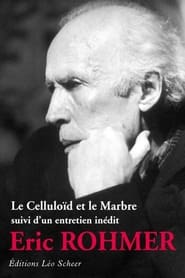 Celluloid and Marble is based on...
Celluloid and Marble is based on...Celluloid and Marble 2011
Celluloid and Marble is based on Rohmer's own articles published in "Cahiers du cinéma", discussing film in relation to the other arts, maintaining that, in an age of cultural self-consciousness, cinema was “the last refuge of poetry” - the only contemporary art form from which metaphor could still spring naturally and spontaneously.
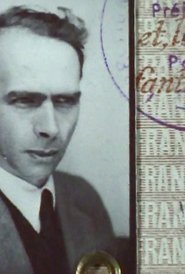 Portrait of french author and painter...
Portrait of french author and painter...Pierre Klossowski, un écrivain en images 1996
Portrait of french author and painter Pierre Klossowski
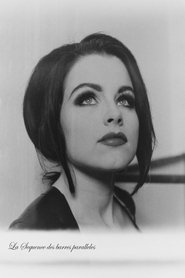 The film opens with a rubberclad...
The film opens with a rubberclad...The Sequence of Parallel Bars 1992
The film opens with a rubber-clad woman stepping sensuously out of a limousine. The camera lovingly closes-up on her stilletoed foot... She enters a dark desolate warehouse, and meets two men, who proceed to chain her up and worship her body. Originally projected on three screens simultaneously. Music by legendary noise musician Merzbow.
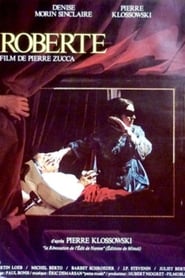 Roberte 40 resistant during the war Calvinist...
Roberte 40 resistant during the war Calvinist...Roberte 1979
Roberte, 40, resistant during the war, Calvinist and anticlerical, is deputy to the chamber and inspector of Censorship. She married Octave, an old Catholic aesthete, professor of canon law, whom she saves from impeachment for collaboration during the war. He submits his wife to a perverse custom: the laws of hospitality or prostitution of the wife by the husband.
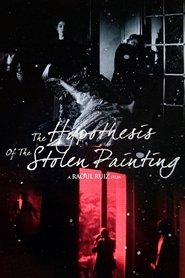 Two narrators one seen and one...
Two narrators one seen and one...The Hypothesis of the Stolen Painting 1978
Two narrators, one seen and one unseen, discuss possible connections between a series of paintings. The on-screen narrator walks through three-dimensional reproductions of each painting, featuring real people, sometimes moving, in an effort to explain the series' significance.
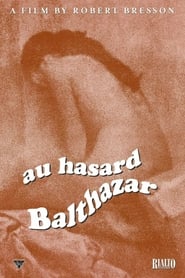 The story of a donkey Balthazar...
The story of a donkey Balthazar...Au Hasard Balthazar 1966
The story of a donkey Balthazar as he is passed from owner to owner, some kind and some cruel but all with motivations beyond his understanding. Balthazar, whose life parallels that of his first keeper, Marie, is truly a beast of burden, suffering the sins of humankind. But despite his powerlessness, he accepts his fate nobly.
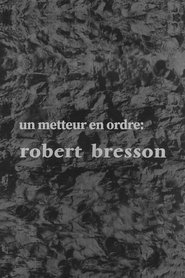 A documentary originally produced in 1966 for...
A documentary originally produced in 1966 for...Un metteur en ordre: Robert Bresson 1966
A documentary, originally produced in 1966 for the French TV series "Pour le plaisir," about Robert Bresson's film "Au Hasard Balthazar," featuring interviews and discussions with Bresson, Jean-Luc Godard, Louis Malle, Marguerite Duras and others.

 Four corrupted fascist libertines round up 9...
Four corrupted fascist libertines round up 9...